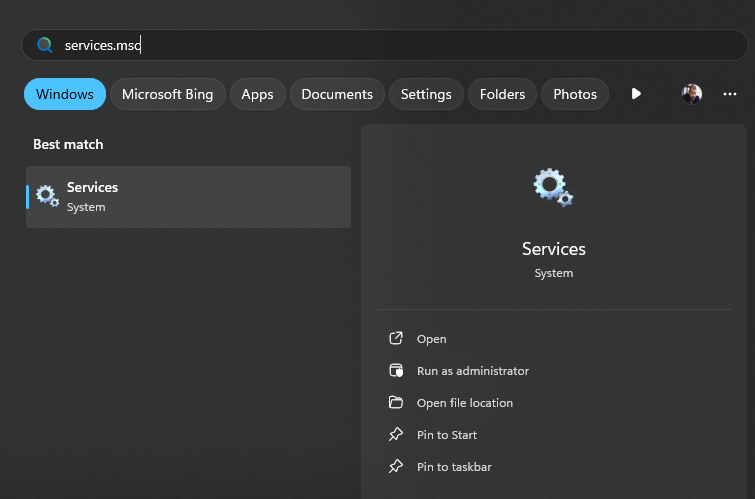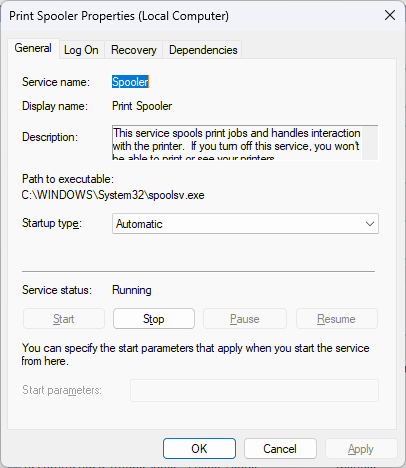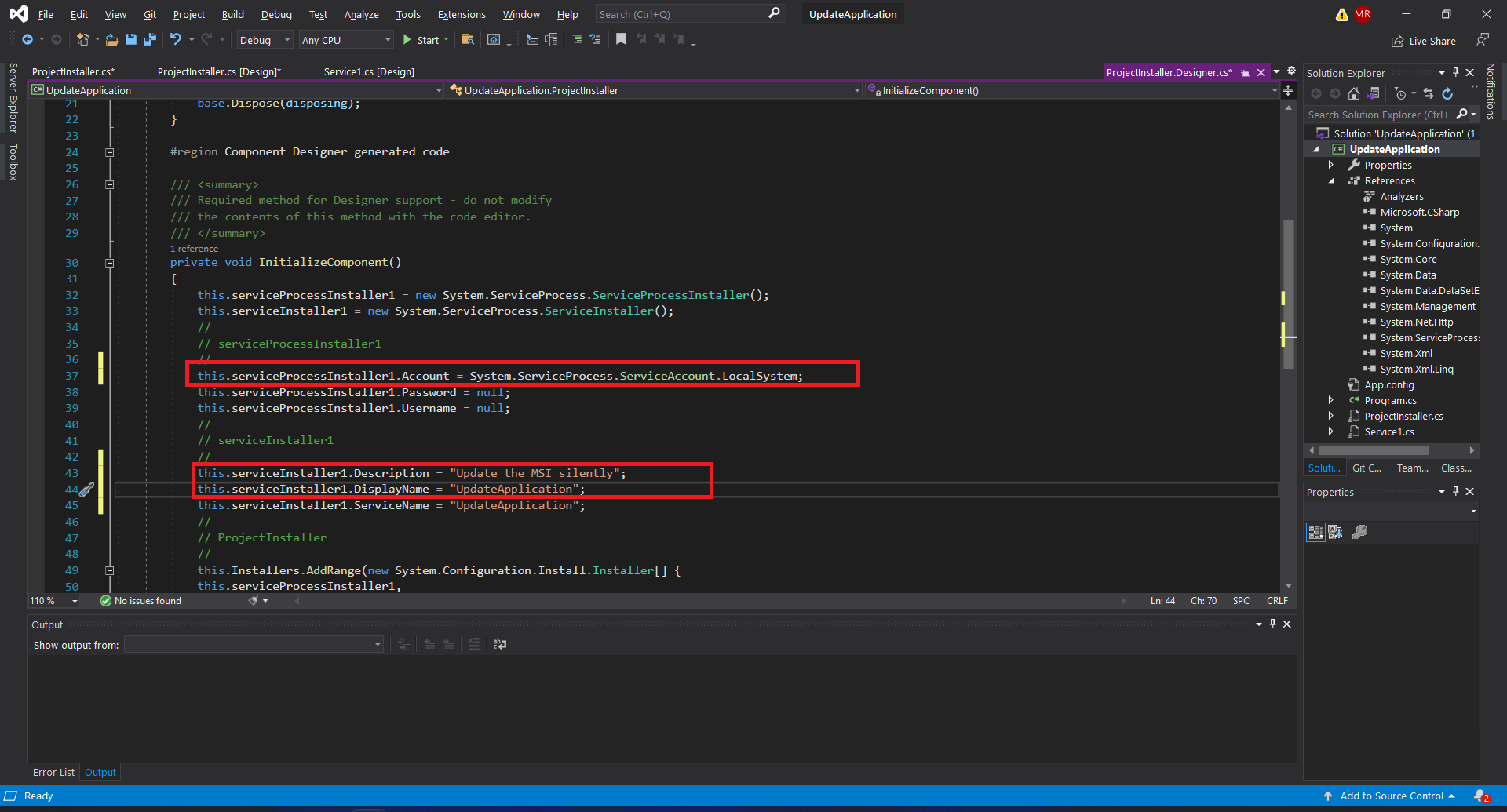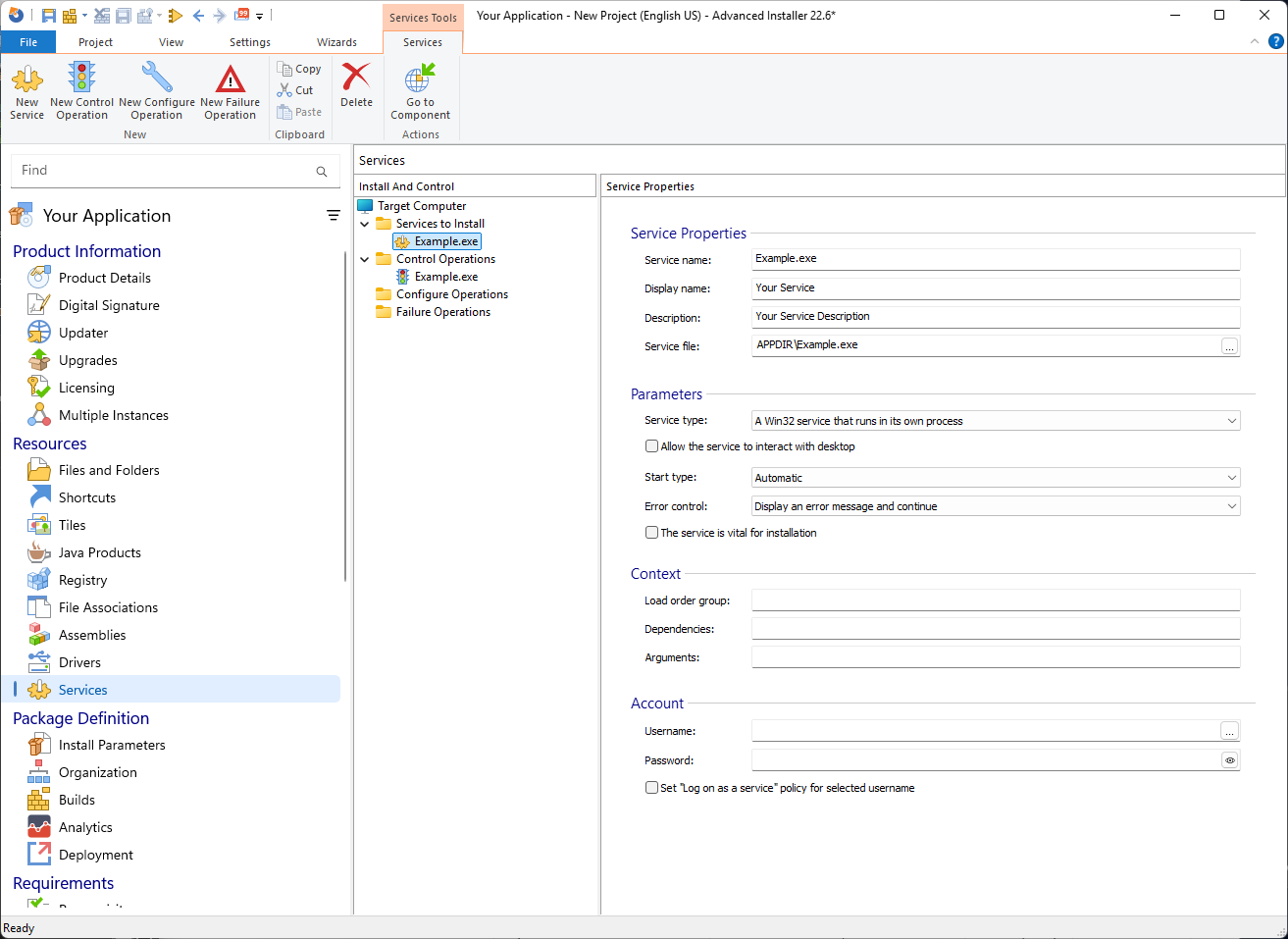What Are Windows Services, How to Create and Install Them?
Windows Services are programs that run the background of the operating systems (OS). Unlike regular applications, these services do not require user interaction, nor do you have the possibility to create them with user interaction. They typically run automatically when the system boots up. Some popular examples of services are the print spooler, task scheduler, DHCP & DNS client, and so on.
In this article, we’ll cover:
- What are Windows Services,
- How they work,
- How to create an installer package specifically for installing or managing a Windows service.
What Are Windows Services?

A Windows Service is essentially an application built to perform tasks that run continuously or at scheduled intervals. These services are initiated by the Service Control Manager and they operate either via the System Account or other designated user accounts – though using the System Account is the most popular and recommended practice.
We’ve previously discussed the importance of testing installers under the NT Authority\System account. You can find more details in the “Installer Testing Guide” ebook.
Basically, Windows Services exist to automate and streamline various system operations without the user's knowledge. From routine tasks like updating software to critical processes such as managing databases and servers, the Windows Services ensure the operating system runs smoothly without the requirement of manual intervention.
You can see the list of present Windows Services in the Services utility of Windows. To access it, open the Start menu and either type
Services
Or, press Win + R, type services.msc, and hit Enter:
services.msc

Once the Services utility opens, you’ll see a full list of the services present on the machine. From there, you can Start, Stop, Pause and Resume services as needed.

You can also go to the Properties of a certain Service and decide its Startup Type (Automatic with delayed start, Automatic, Manual or Disabled), decide which account to use when operating, define Recovery options, or even see if the service has any certain dependencies.

Creating Windows Services

As you might have noticed in the above screenshot, Windows Services are basically exe files which are constantly running in the background of the operating system.
For example, the Print Spooler service, which manages print jobs can be found in:
C:\Windows\System32\spoolsv.exe
Ultimately, Windows Services can be developed using .NET, but they are not limited to it.
While many developers use the .NET Framework to create Windows Services due to the built-in support and libraries, services can be built using other languages such as C++, Python or even Java with the right configurations.
For instance, C++ can be used to create native Windows Services by taking advantage of the Windows API directly.
Python can also achieve that with third party libraries such as pywin32.
The main requirement for a Windows Service is that it must be able to interact with the operating system and handle the lifecycle events that are present in Services, such as Start, Stop, Pause and Resume.
I’ve covered how to create a Windows Service that handles application updates on my personal blog, you can check that blog post here. In that tutorial, I used C# due to simplicity and built-in support for creating services.

Creating an Installer for a Windows Services

Now that we know what a Windows Service is and how to build one, we now touch on the final piece of the puzzle, and this is “how do I install and control my service once I've created it”.
Using Advanced Installer, this becomes a straightforward process.
Whether you’re building your first service or managing enterprise-scale deployments, Advanced Installer makes it easy to create, configure, and deploy Windows Services—all from a user-friendly GUI.
Try it free for 30 days and experience the full power of Advanced Installer’s Windows Services support.
Once you have the Windows Service created, follow the steps:
1. Open Advanced Installer and create a new Installer Project.
2. Go to the Files and Folders page, add your Windows Service executable into the desired installation location.
3. Navigate to the Services Page.

The Services page allows you to
- Help the users install, control and configure Windows Services
- Perform various tasks such as controlling the service startup behavior
- Configure service properties
- Setting failure actions.
The interface is split into four main sections:
- Services to Install: Lists all the services your package will install.
- Control Operations: Defines actions like starting, stopping, or deleting services during installation or uninstallation.
- Configure Operations: Enables modifications to a service’s parameters during setup.
- Failure Operations: Set automatic responses to service failures during installation operations.
For example, let’s say we have a Windows Service which is executed via an Example.exe.
After adding it to the Files and Folders page, go to the Service page and click on “New Service”. Choose Example.exe as the target.
This will automatically add entries under both Services to Install and Control Operations, since services can’t be installed without defined control actions.

In the “Services to Install”, we can configure multiple options such as:
- Service name
- Display Name
- Description
- Service File
- Service Type
- Start type
- Accounts
After setting these options, switch to the “Control Operations” tab to set the operations that should happen during the installation and uninstallation of the package.

Once all configurations are done, the last thing to do is to build your package by clicking on the Build button in the upper-left corner.
You now have an installation package ready for your service.
Conclusion

In this article, we’ve covered:
- What Windows Services are and how they operate,
- How we can control Windows Services on the OS level,
- A brief overview of how to build one (e.g., in C#),
- How to package and deploy your service using Advanced Installer.
With this knowledge, you’re now ready to develop, manage, and distribute Windows Services efficiently.
